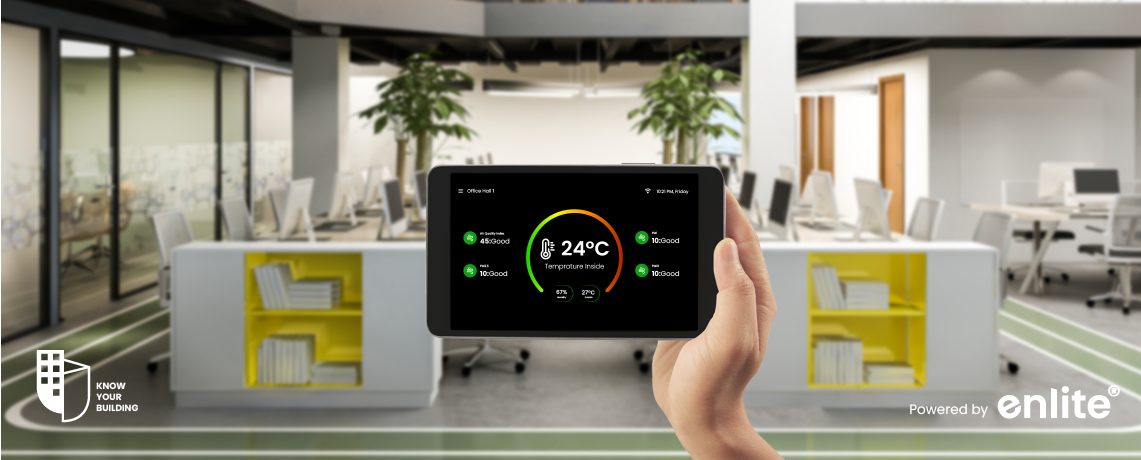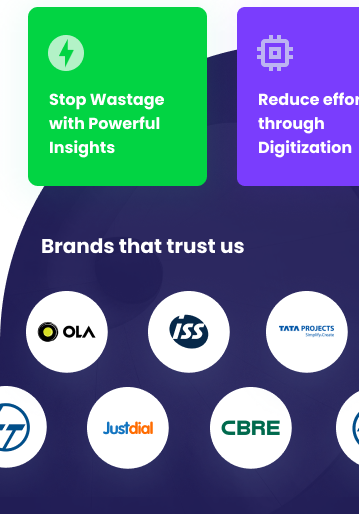The Internet of Things (IoT) is no longer a futuristic concept; it’s a present-day reality transforming industries across the board. In building automation, IoT is proving to be a game-changer, creating smarter, more efficient, and sustainable buildings. The climate tech industry, with its intense focus on data-driven solutions, is providing invaluable insights into the true potential of this transformation.
This blog post explores how IoT is reshaping building automation, drawing on data and perspectives from the cutting edge of climate tech.
What is IoT in Building Automation?
At its core, IoT in building automation involves connecting a network of sensors, devices, and systems within a building to the internet. These devices collect real-time data, communicate with each other, and can be controlled remotely. This interconnectedness creates a “smart building” capable of responding dynamically to changing conditions and optimizing its performance.
Key Components of an IoT-Enabled Building Automation System
- Sensors: These are the eyes and ears of the system, gathering data on a wide range of parameters, including:
- Temperature
- Humidity
- Occupancy
- Light levels
- Air quality (CO2, VOCs, particulate matter)
- Energy consumption
- Water usage
- Equipment status (vibration, temperature, etc.)
- Actuators: These devices receive commands from the Building Management System (BMS) and take action, such as:
- Adjusting thermostats
- Controlling lighting
- Opening and closing windows or blinds
- Regulating water flow
- Operating HVAC equipment
- Gateways: These devices act as intermediaries, collecting data from sensors and transmitting it to the cloud or a local server.
- Cloud Platform/BMS: This is the central brain of the system, where data is stored, analyzed, and used to make decisions and control actuators.
- User Interface: Dashboards, mobile apps, and other interfaces allow building managers and occupants to monitor building performance, adjust settings, and receive alerts.
How IoT is Reshaping Building Automation
Enhanced Energy Efficiency
- Data-Driven Optimization: Climate tech companies are leveraging IoT data to create sophisticated algorithms that optimize energy consumption in real-time. For example, PassiveLogic, a company specializing in autonomous building controls, claims its technology can reduce energy consumption by up to 30% by learning building behavior and predicting future needs.
- Demand Response: IoT enables buildings to participate in demand response programs, automatically reducing energy consumption during peak demand periods, helping to stabilize the grid and lower energy costs.
- Fault Detection and Diagnostics: IoT sensors can detect equipment malfunctions and inefficiencies early, preventing energy waste and costly repairs.
Improved Occupant Comfort and Productivity
- Personalized Environments: IoT allows for creating personalized comfort zones within a building, adjusting temperature, lighting, and ventilation based on individual preferences.
- Proactive Air Quality Management: Sensors continuously monitor indoor air quality, and the system can automatically adjust ventilation to maintain a healthy and comfortable environment. Studies have shown a direct correlation between improved IAQ and increased cognitive function and productivity.
- Space Utilization Optimization: Occupancy sensors provide data on how spaces are being used, enabling building managers to optimize space allocation and improve building design.
Predictive Maintenance and Reduced Downtime
- Condition Monitoring: IoT sensors monitor the condition of critical equipment, such as HVAC systems, elevators, and pumps, providing real-time data on their performance.
- Predictive Analytics: Climate tech companies like BrainBox AI use machine learning to analyze this data and predict potential equipment failures before they occur, allowing for proactive maintenance and minimizing downtime. This can significantly reduce maintenance costs and extend the lifespan of building equipment.
- Remote Diagnostics: Technicians can remotely diagnose and sometimes resolve issues without requiring an on-site visit, reducing service costs and downtime.
Enhanced Security and Safety
- Smart Surveillance: IoT-enabled security cameras and access control systems provide enhanced security and real-time monitoring.
- Emergency Response: IoT sensors can detect emergencies, such as fires or gas leaks, and automatically trigger alarms and notify emergency services.
- Occupant Safety: In the event of an emergency, IoT systems can guide occupants to safety through smart lighting and signage.
Data-Driven Decision Making
- Real-time Insights: IoT provides building owners and managers with a wealth of real-time data on building performance, enabling them to make informed decisions about operations and investments.
- Benchmarking and Reporting: Data can be used to benchmark building performance against industry standards or other buildings in a portfolio, identifying areas for improvement.
- ESG Compliance: As sustainability becomes a priority, IoT-generated data helps buildings meet environmental, social, and governance (ESG) criteria by tracking carbon footprints and energy efficiency improvements.
Looking Ahead
The IoT revolution in building automation is still unfolding, with climate tech companies driving continuous innovation. As buildings become more connected and data-driven, the potential for energy savings, sustainability, and occupant well-being continues to expand. Businesses and property owners who embrace these smart solutions will position themselves at the forefront of the future of intelligent building management.














